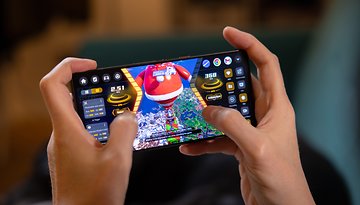Poco vs Xiaomi: Should you pay $500 more for almost the same device?
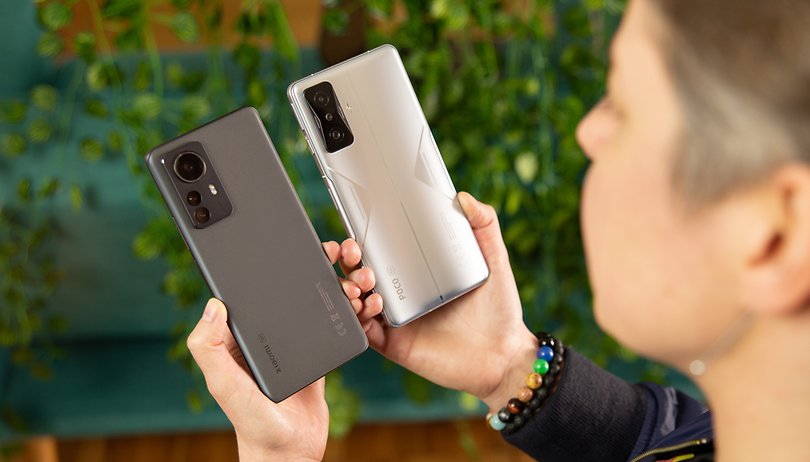

The recently announced Poco F4 GT has very similar key hardware specifications to the Xiaomi 12 Pro. If we leave aside the fact that Xiaomi's high-end smartphone offers a superior camera module on paper and a much less niche design, the experience with both devices should be about the same. However, at the end of the day, the Poco F4 GT would cost $500 less. Is this difference really justified?
- Also read: Best Xiaomi phones of 2022
Disclaimer: As usual with Xiaomi, Poco and Redmi phones, the Poco F4 GT won’t be officially sold in the US, but it may be sold by independent retailers in sites like Amazon.com. The $500 difference is based on the MSRPs for the European market, as Poco’s smartphone has not had its pricing in dollar officially disclosed.
A quick specs overview comparison
No doubt the Poco F4 GT deserves the title of flagship killer of 2022, just put side by side the technical specs table of this model with that of the Xiaomi 12 Pro. Both models are built on Qualcomm's Snapdragon 8 Gen 1, the top-of-the-line SoC for Android smartphones.
In addition, they have the same RAM and internal storage variants in the West. Both run the Android-based MIUI 13 version - however, according to Xiaomi the number of Android updates and security path support vary from one series to the other.
| Comparison table | ||
|---|---|---|
| Product | ||
| Image |  |
 |
| Display | 6.67 inch, AMOLED DotDisplay 2,400 x 1,080 pixels, 120 Hz adaptive |
6.73 inch, Curved AMOLED 3,200 x 1,440 pixels, 120 Hz adaptive |
| SoC | Qualcomm Snapdragon 8 Gen 1 | Qualcomm Snapdragon 8 Gen 1 |
| Memory | 128 / 256 GB ROM UFS 3.1 8 / 12 GB RAM LPDDR5 |
128 / 256 GB ROM UFS 3.1 8 / 12 GB RAM LPDDR5 |
| Software | MIUI 13 with Android 12 2 Android versions and 3 years of security updates |
MIUI 13 with Android 12 3 Android versions and 4 years of security updates |
| Rear camera | Main camera: 64 MP / f/1.9 aperture / 1/1.73-inch 0.8 μm 4-in-1 Super Pixel Ultra-wide-angle: 8 MP / f/2.2 aperture / 120º FOV Macro camera: 2 MP / f/2.4 aperture |
Main camera: 50 MP / f/1.9 aperture / 1/1.28-inch 7P lens 2.44 μm 4-in-1 Super Pixel Ultra-wide-angle: 50 MP / f/1.9 aperture / 115º FOV Telephoto camera: 50 MP / f/1.9 aperture / 48 mm equivalent focal length |
| Front camera | 20 MP / f/2.4 aperture / 1.4 µm 4-in-1 Super Pixel | 32 MP / f/2.45 aperture / 1.4 µm 4-in-1 Super Pixel |
| Audio | Symmetrical quad speakers, Dolby Atmos®, Hi-Res Audio certified, Hi-Res Audio Wireless certified | Four speakers, Dolby Atmos® sound by Harman Kardon, USB Type C, no audio jack |
| Battery | 4700 mAh Wired (90°) charging: 120 W HyperCharge |
4600 mAh Wired charging: 120 W HyperCharge Wireless charging: 50 W Reverse wireless charging: 10 W |
| Connectivity | 5G, Wi-Fi 6E, BT 5.2, NFC, Dual GPS/Galileo, GLONASS/BDS | 5G, Wi-Fi 5 & 6 (ac/ax), BT 5.2, NFC, Dual GPS/Galileo, GLONASS/BDS |
| Dimensions and weight | 162.5 x 76.7 x 8.5 mm, 210 g | 163.6 x 74.6 x 8.16 mm, 205 g |
| Price | Starts at 599 euros (with the early bird price of 499 euros) | Starts at 1,050 euros — $999 globally |
Another similarity is the 120 W HyperCharge fast charging technology capable of charging the phone in record time. In tests with the Xiaomi 12 Pro, fast charging took an average of 22.5 minutes for a full recharge.
However, although both devices use AMOLED technology in the display and have the same refresh rate of 120 Hz, the resolution of Xiaomi's top-of-the-line model is higher. This, in theory, offers superior image quality. Aside from the resolution, while the Xiaomi 12 Pro's screen is curved, the Poco F4 GT's is flat.
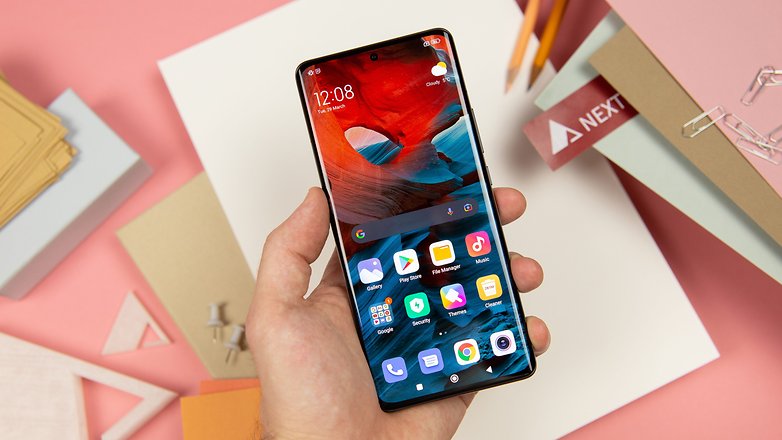
What really changes from one phone to the other, however, is the module of the main and selfie cameras. Usually, gamer smartphones' - like the Poco F4 GT - cameras tend to be inferior to those of high-end models. Here is the big technological leap between one model and another. The Xiaomi 12 Pro's camera is more versatile, offering more possibilities for capturing photos with 2x optical zoom, for example. Meanwhile, the Poco F4 GT has a 2MP Macro camera that, honestly, doesn't even impress on paper.
On the other hand, both models combine 4-in-1 pixels to offer what Xiaomi has named Super Pixel. At the end of the day, this brings a clear improvement in the final image quality, but we should notice this optimization more clearly in photos captured as the Xiaomi 12 Pro.
- Check out our Camera test with the Xiaomi 12 Pro
- Check out our Camera test with the Poco F4 GT
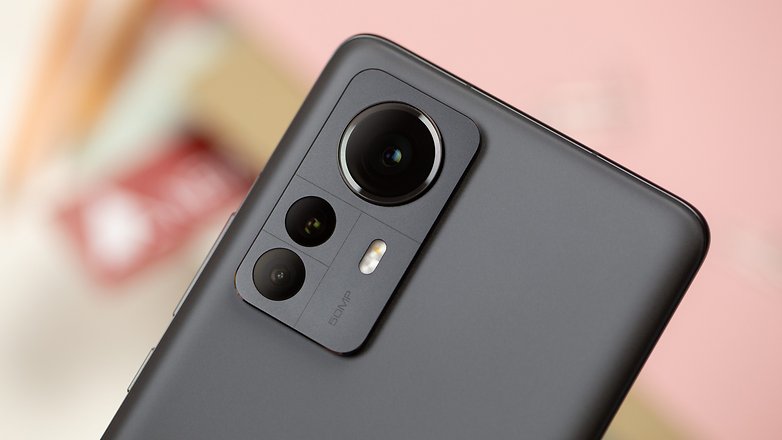
Finally, if the camera is one of the assets of the Xiaomi 12 Pro, the heat dissipation system of the Poco F4 GT is much more sophisticated. While Xiaomi's premium smartphone is equipped with a 2900 square millimeter Vapor Chamber to dissipate heat, Poco's device uses the LiquidCool Technology 3.0 system, equipped with a 4860 square millimeter dual VC. This means that the cooling solution is optimized for intense gaming — remember: high power consumption generates high levels of heating.
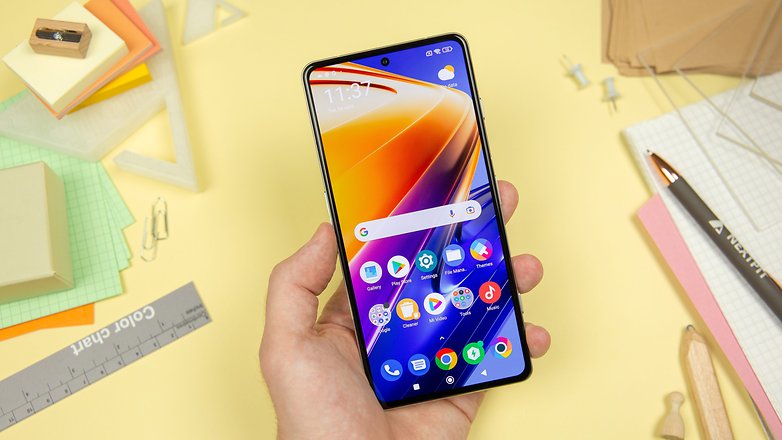
Gamer appeal vs. high-end feeling
Design is subjective, but when you put a gamer smartphone next to a high-end one, the differences are clear. Built-in aluminum alloy and with Corning Gorilla Glass Victus screen technology, there's no doubt the quality of Xiaomi's flagship is premium. Even with a 4600 mAh battery, the 12 Pro feels great in the hands, it's compact and the curved lines of both the screen and the back make the phone very elegant. The matte back cover and the rounded corners of the main camera module conspire to that effect.
- Since you are here: Check out our best gaming phones list for 2022
The Poco F4 GT, on the other hand, is a gamer smartphone, which means we can expect a more modern design, with buttons simulating dedicated console controls and even an opportunity to be more creative about colors, as in the case of the yellow variant of the Poco F4 GT. To that end, on the side of the F4 GT we have two pop-up magnetic triggers that, according to the manufacturer, offer an "apex-level control and precision experience".
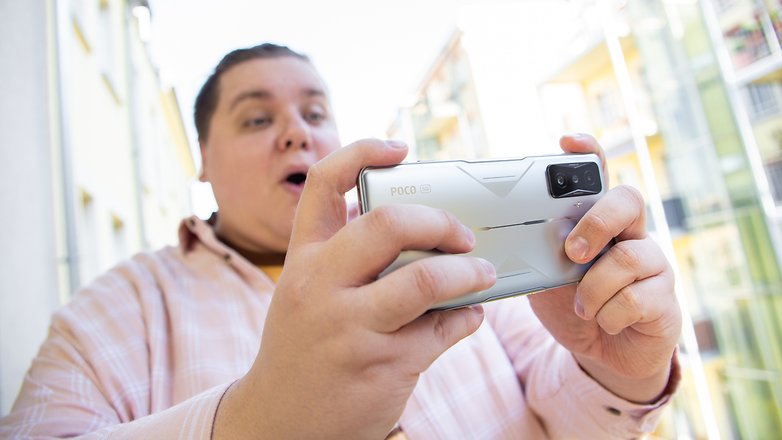
Now, if you are not part of the gamer audience that Poco wants to target with this device, know that the magnet pop-up triggers can be remapped and customized for everyday use as a shortcut to activate the camera, screen recording, or even the flashlight. Thus, the manufacturer tries to please two worlds.
A $500 decision
Between an intermediate iPhone and the Pro variant, the differences are enormous, making it very easy to choose between one model and the other. However, choosing between a high-end phone like the Xiaomi 12 Pro and a "flagship killer" like the Poco F4 GT the similarity is such that there are few options left to differentiate. However, it is undeniable that the price difference is eye-popping.
With a superior camera module, wireless and reverse charging options, higher screen resolution, and more years of software update support, the Xiaomi 12 Pro is available starting at $999.
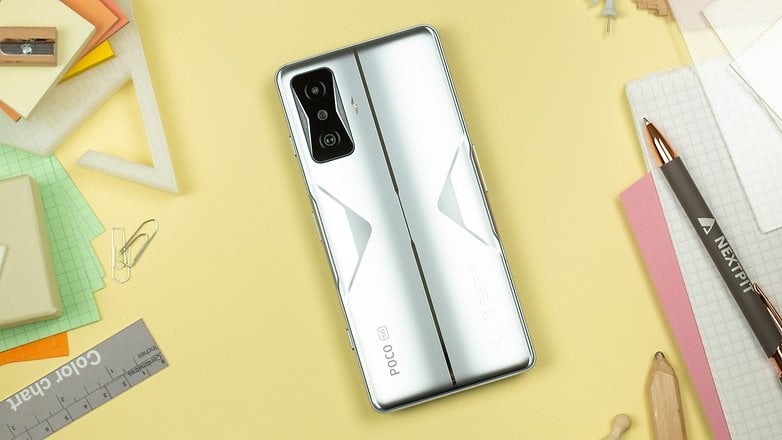
With a gamer appeal that offers a more sophisticated hardware cooling system, a modern look, and a very similar hardware specs table to the Xiaomi 12 Pro, the Poco F4 GT can be found starting today priced at 499 euros (around $530) for those who take advantage of the early bird offer.
At the end of the day, the question here is no longer about the quality of the camera or the cooling system anymore, it's exactly about the price. And in my opinion, the Xiaomi 12 Pro is a superior phone, but offers nothing worth $500 more. In conclusion, no, the difference does not pay off!
So, in your opinion, is the Poco F4 GT more cost-effective than the Xiaomi 12 Pro? Take part in the poll below and share your opinion in the comments, I'm really curious to know your point of view on this topic.
